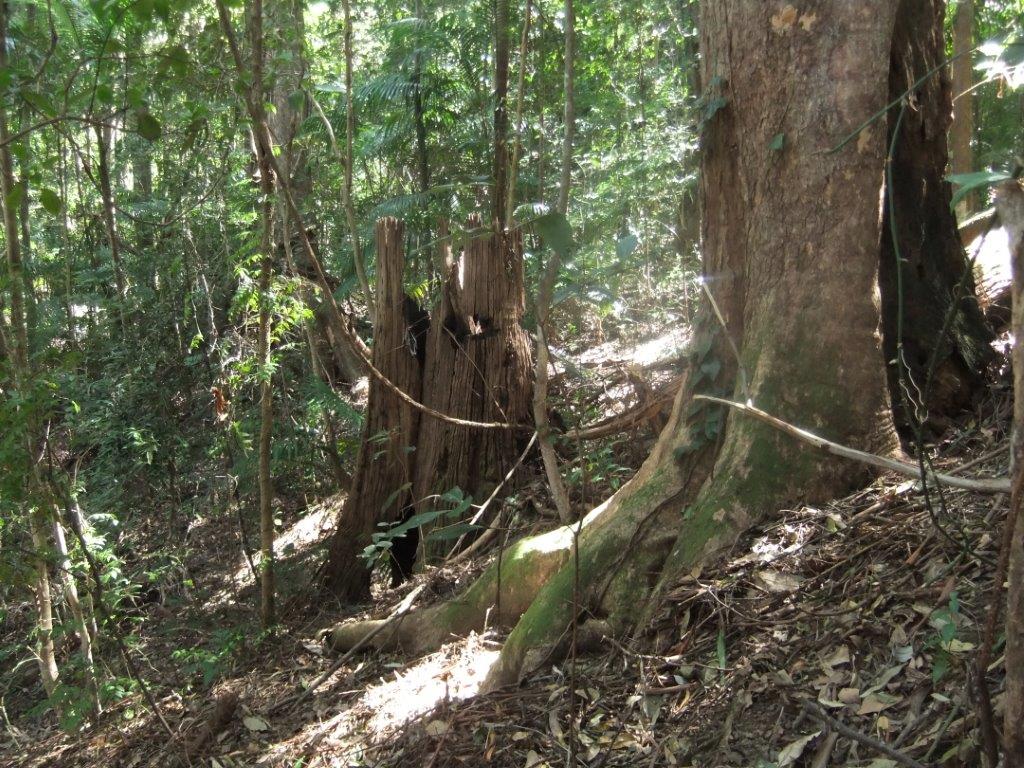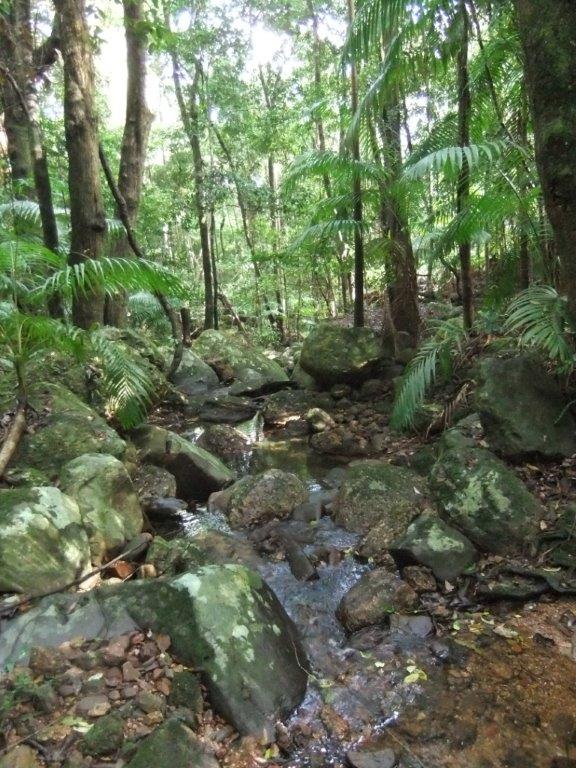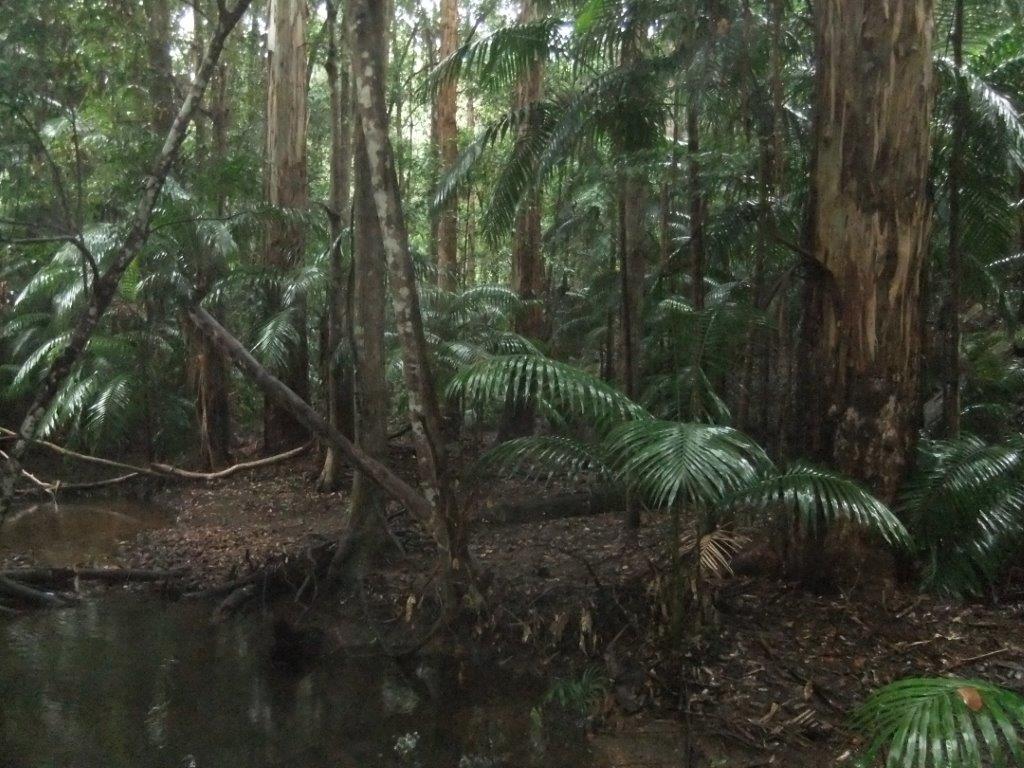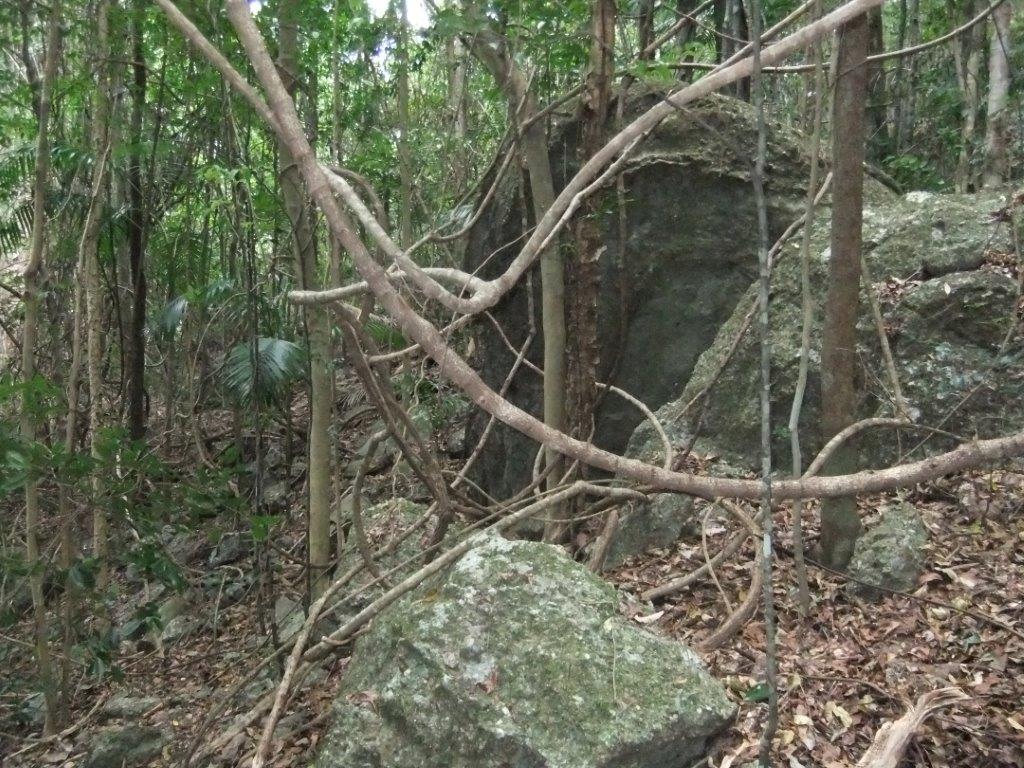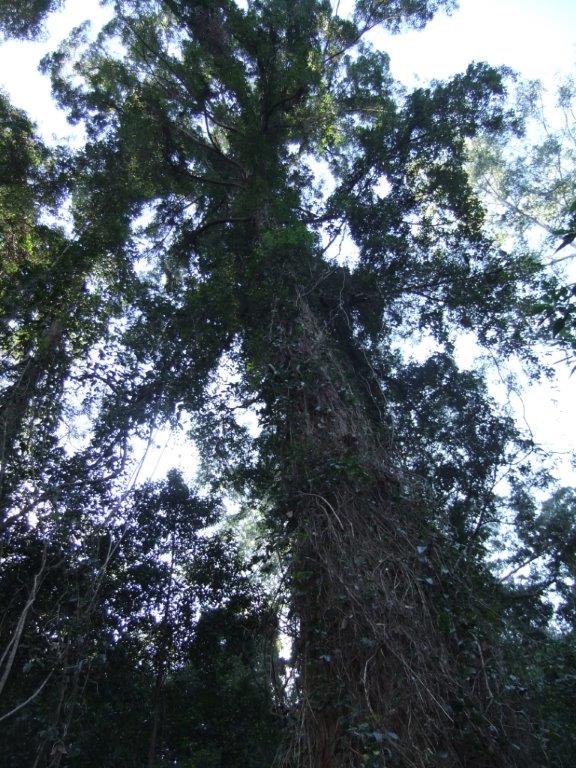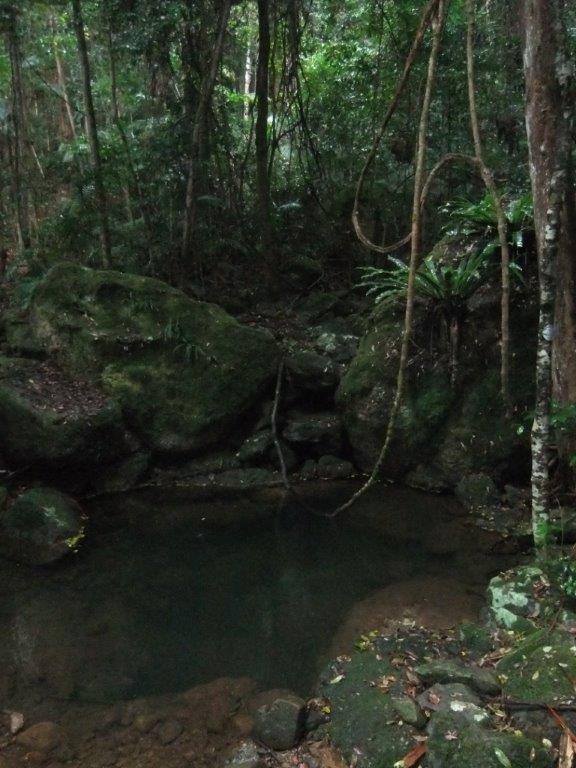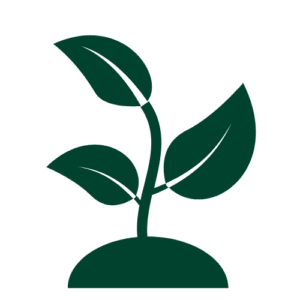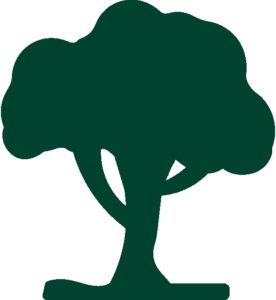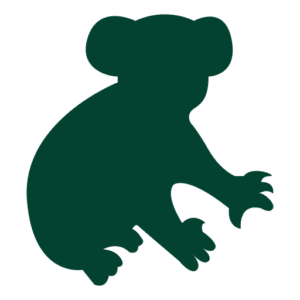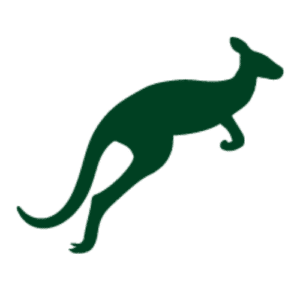Geoff and Thusnelda Williams are the owners of Lorien Wildlife Refuge and Conservation Area, a property located approximately 15km northeast of Taree. The property is a residence, dedicated wildlife sanctuary and also a scientific research site, particularly for invertebrates. It is Geoff and Thusnelda’s intent to continue managing the entire property for the conservation of wildlife and native vegetation. Lorien Wildlife Refuge and Conservation Area is additionally protected in-perpetuity through a Voluntary Conservation Agreement with the NSW Office of Environment and Heritage, has a Property Vegetation Plan with the NSW Government, and is a registered Wildlife Refuge with the NSW National Parks and Wildlife Service.
The property totals 40.5 largely forested hectares adjoining the southern boundary of Coorabakh National Park and Lansdowne State Forest, and is adjacent to an escarpment. The property spans an altitude of approximately 60-200 metres above sea level. Dominant vegetation types of Lorien Wildlife Refuge and Conservation Area are lowland rainforest and wet sclerophyll forest, as well as riparian habitat and rock and escarpment caves.
Wildlife species known to inhabit the sanctuary include crested hawks (Aviceda subcristata), Wompoo fruit doves (Ptilinopus magnificus), flock pigeons (Phaps histrionica), noisy pittas (Pitta versicolor), black-faced monarchs (Monarcha melanopsis), topknot pigeons (Lopholaimus antarcticus), Stephen’s banded-snakes (Hoplocephalus stephensii), and a wide variety of other native species.
Geoff and Thusnelda also enhance wildlife opportunities by installing small nest boxes for species such as feathertail gliders (Acrobates pygmaeus), brush-tailed phascogales (Phascogale tapoatafa) and microbats. They are also involved in planting floral species targeted to benefit particular wildlife; an example being native Bangalow palms (Archontophoenix cunninghamiana) to provide for Wompoo fruit doves and Topknot pigeons. A variety of invertebrate species have been discovered on the refuge and described in a number of scientific journals; thus Lorien Wildlife Refuge and Conservation Area is a scientific reference site and the holotype locality for a number of organisms.

